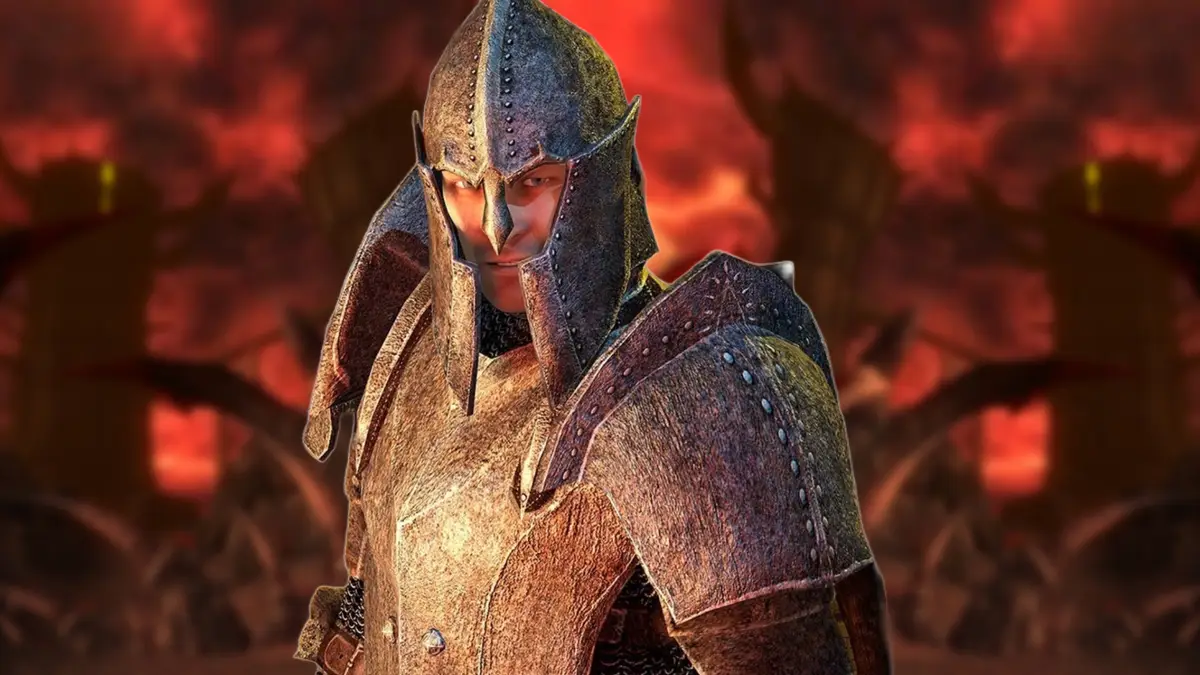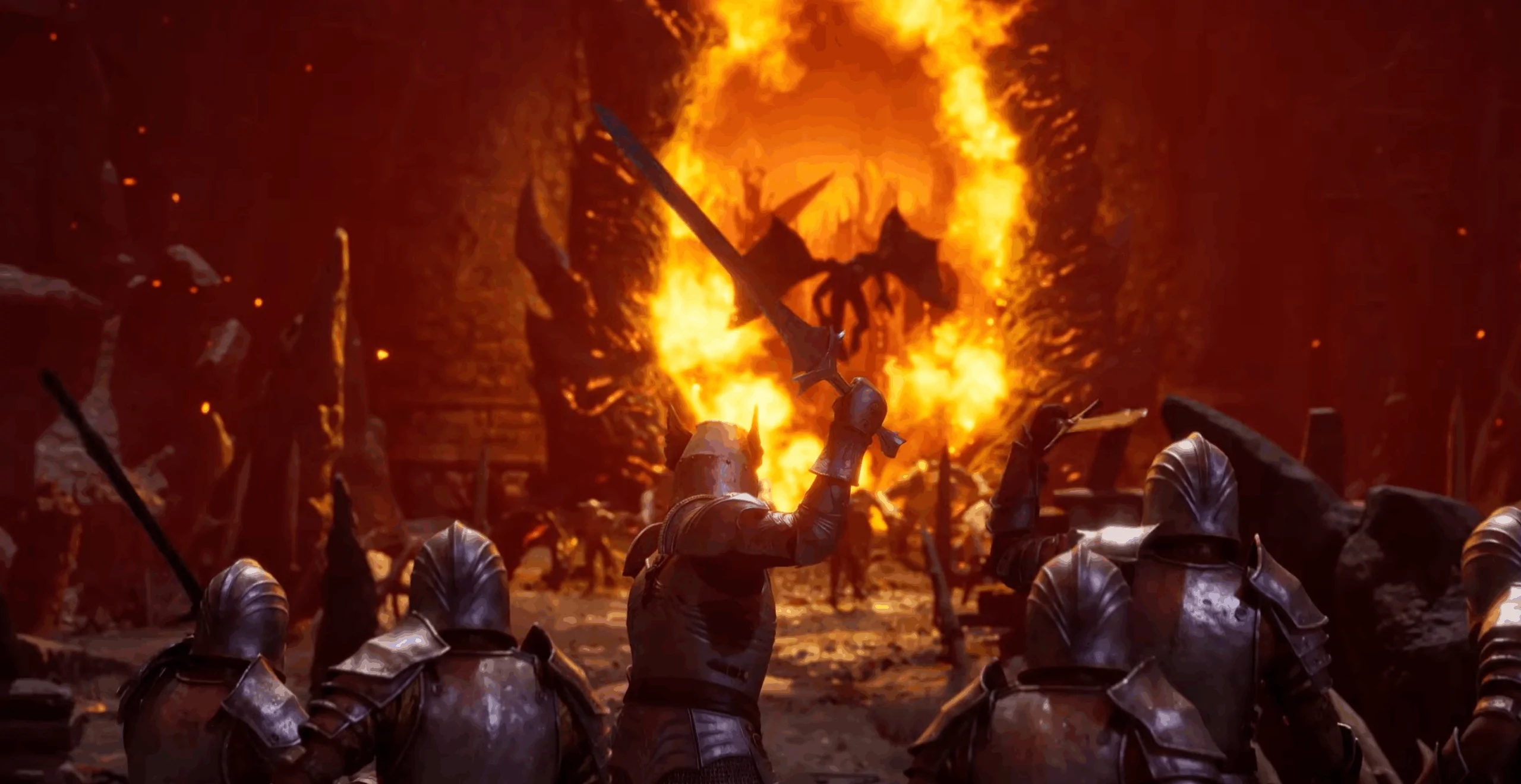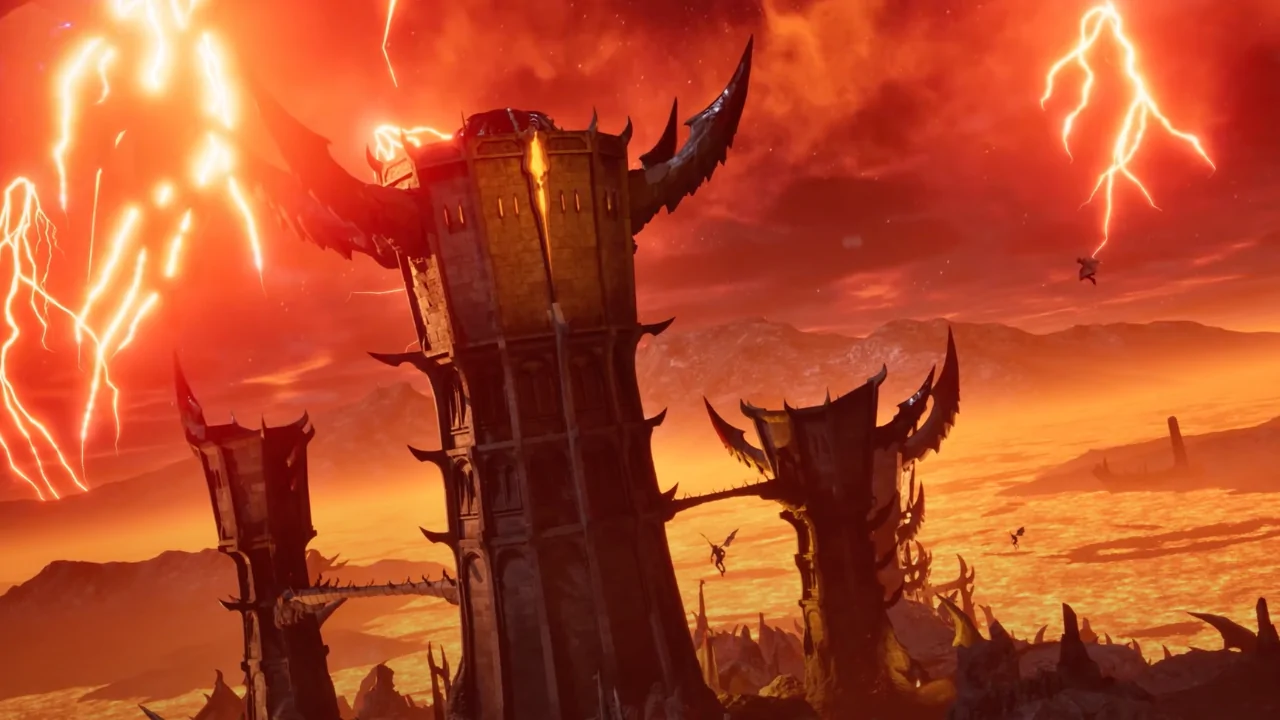
The unexpected launch of The Elder Scrolls IV: Oblivion Remastered has sparked joy among fans and caused a stir in the gaming world. In just five days, it attracted over four million players, indicating a rising preference for rejuvenated classics over fresh, high-budget games. This trend persists, despite some controversy surrounding a perceived update of character body types for modern audiences that doesn’t actually exist. It seems gamers yearn for the games they cherished from a more fondly remembered era, created by individuals not yet influenced by post-modern academic ideologies.

Redesigned on the latest Unreal Engine 5, “Oblivion Remastered” boasts a complete visual upgrade while retaining the gameplay mechanics that made the 2006 original an enduring classic. Every element, ranging from scenery to character designs, has been meticulously revamped, creating a boundary between remaster and remake that’s almost indistinguishable. IGN remarks that although it resembles a remake visually, it plays as a dedicated remaster, preserving the original’s unique charm and idiosyncrasies. In an era when consumers tend to favor content from six years ago (or even older) over new content across various media platforms like gaming, movies, and streaming shows, this approach raises concerns among studios regarding the wisdom of investing in brand-new content from talent that might not be as competent as teams from past decades.
A notable improvement in Oblivion Remastered, often overlooked, lies in the significantly reduced loading screen times.
I can vividly recall the lengthy loading times experienced in games like Oblivion or Skyrim on the Xbox 360. As I played more, the load times seemed to grow even longer. But now, those same load times have been significantly reduced to approximately 5 seconds!
— Synth Potato🥔 (@SynthPotato) April 28, 2025
This remastered version encompasses all initial expansions, for instance, “Shivering Isles” and “Knights of the Nine”, as well as extra downloadable content. Improvements to gameplay, such as a revamped leveling system and refined combat mechanics, breathe new life into the experience while maintaining its core identity. For those young gamers who haven’t played “Oblivion” before, it feels like receiving an unexpected “Skyrim” experience.
Regardless of its $50 price, Oblivion Remastered swiftly soared to the summit of Steam’s best-selling games. The addition of it on Game Pass expanded its user base. Players have commended the remaster for its blend of nostalgia and contemporary elements. As a critic from PC Gamer noted, the game is like “re-experiencing a classic film… refurbished in widescreen and high definition.

As a passionate gamer and film enthusiast, I’ve noticed that the pricing of this remaster has ignited conversations about the cost of video games. Some parallels are being drawn to Nintendo’s pricing tactics, with certain fans proposing that Bethesda’s method provides a superior value proposition.
The game has managed another victory against the ideology known as “wokeism”, by restoring default body type selections to male and female with the help of mods. Initially, efforts were made to preserve the traditional gender representation in the game for over 10,000 years, but these attempts were swiftly overshadowed. Now, users can select a boy or girl character after downloading the mod. It’s almost laughable that this outdated change was introduced to the remastered version of the game, but the rapid and powerful reaction leading to the creation of the mod serves as another reminder to studios that they are on the wrong side of both biological facts and market preferences.
Why did they do this?
There was zero need to change this in Oblivion Remastered.
Bring back the original Male/Female.
— Grummz (@Grummz) April 22, 2025
The popularity of “Oblivion Remastered” showcases a growing trend across the gaming industry: players tend to prefer upgraded versions of old games more than brand new ones. It’s been found that a large chunk of gaming hours are spent on games that are several years old, while relatively few hours are dedicated to recently released games. I believe this suggests two things: first, many current studio ideas don’t align with the vast market demand; second, the hiring practices of major game companies over the past decade may have weakened their abilities compared to teams from a previous era who made their legacy games, which were often superior due to merit-based selection.

This change has made some developers and publishers take a second look at their plans. The significant expenses and potential risks when creating fresh intellectual properties have prompted certain ones to concentrate instead on polishing up old favorites, as these projects tend to provide a more reliable financial payoff.
In my opinion, the remastered version of Oblivion stands as a powerful reminder of the timeless charm that classic games possess when skillfully reimagined. Its popularity underscores a rising demand among gamers for immersive experiences that seamlessly combine nostalgia with contemporary upgrades. As the gaming industry recognizes this trend, we might witness a sustained focus on revitalizing beloved titles, providing players an enchanting blend of past and present. For the moment, this strategy seems to be the optimal choice for numerous studios.
Moreover, I believe it may take at least five years for some studios to purge underperforming talent and attract passionate artists capable of delivering work at the exceptional level we once appreciated.
Read More
- Clash Royale Best Boss Bandit Champion decks
- Brawl Stars December 2025 Brawl Talk: Two New Brawlers, Buffie, Vault, New Skins, Game Modes, and more
- Best Hero Card Decks in Clash Royale
- Clash Royale December 2025: Events, Challenges, Tournaments, and Rewards
- Call of Duty Mobile: DMZ Recon Guide: Overview, How to Play, Progression, and more
- Best Arena 9 Decks in Clast Royale
- Clash Royale Witch Evolution best decks guide
- Clash Royale Best Arena 14 Decks
- All Boss Weaknesses in Elden Ring Nightreign
- Brawl Stars December 2025 Brawl Talk: Two New Brawlers, Buffie, Vault, New Skins, Game Modes, and more
2025-04-28 20:59